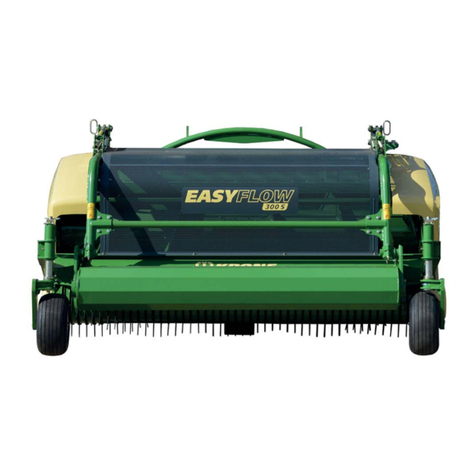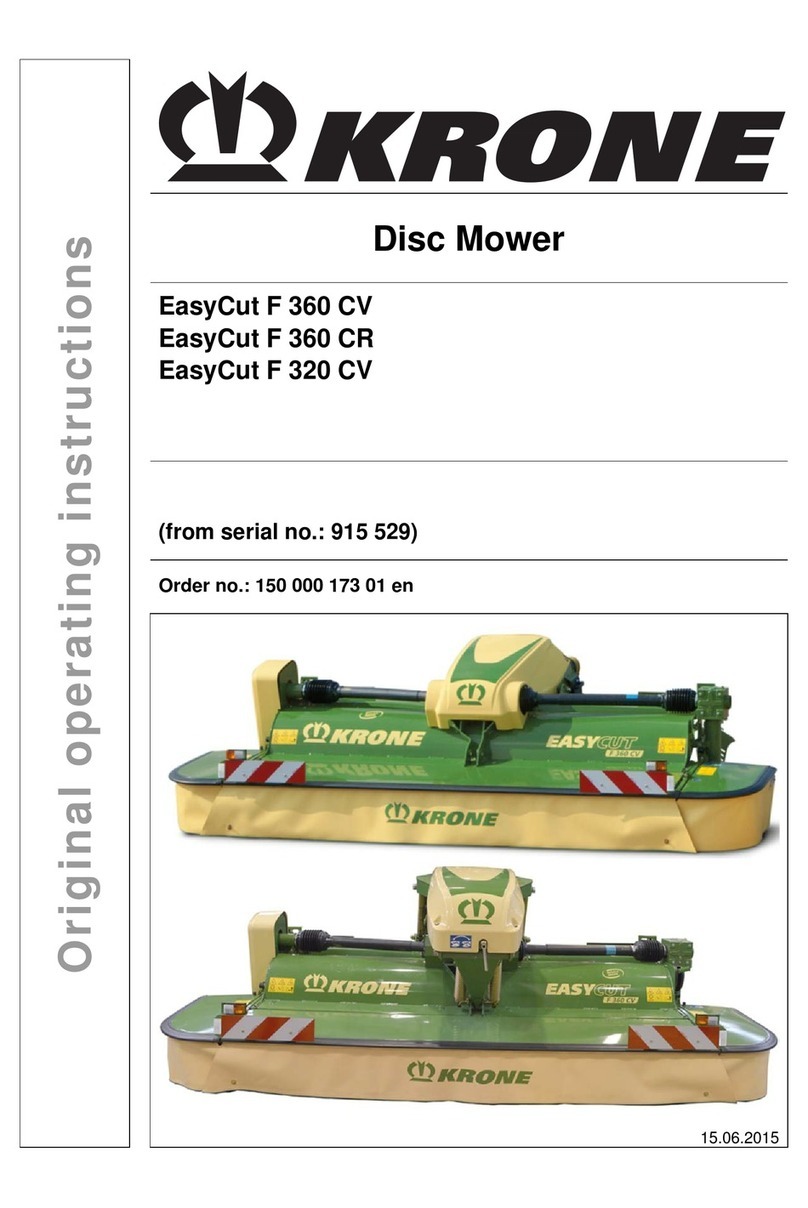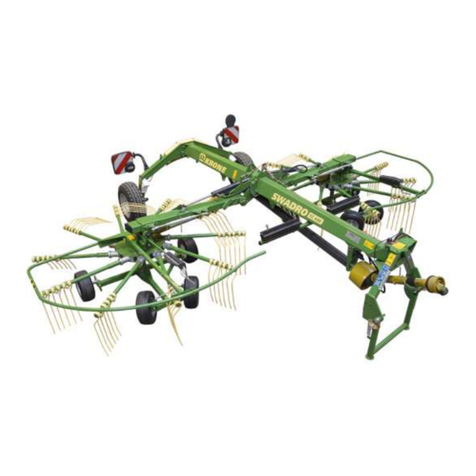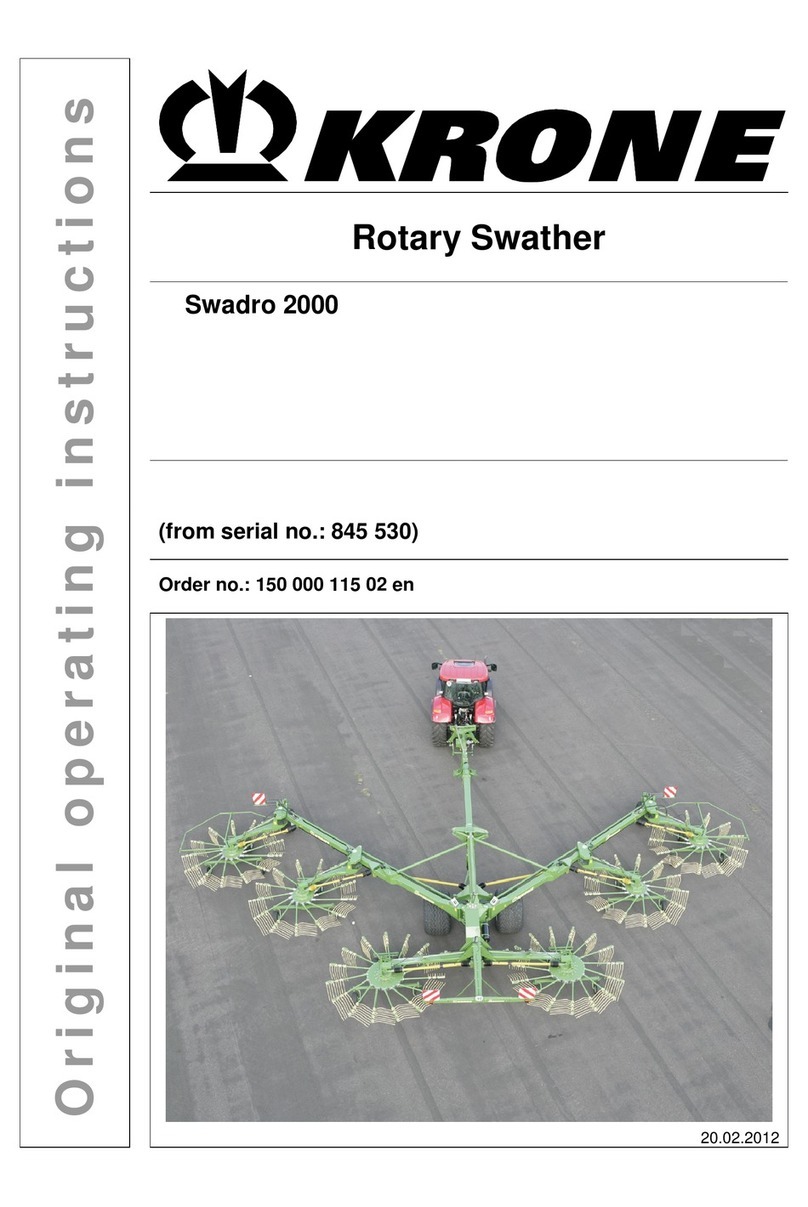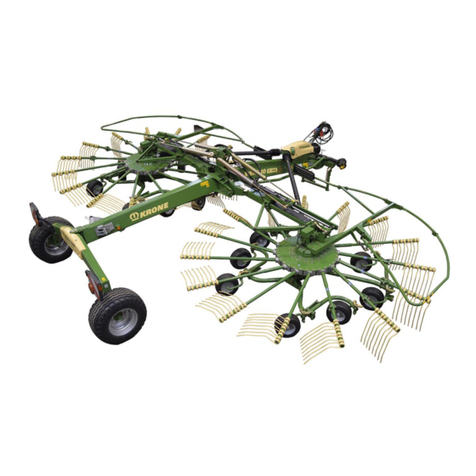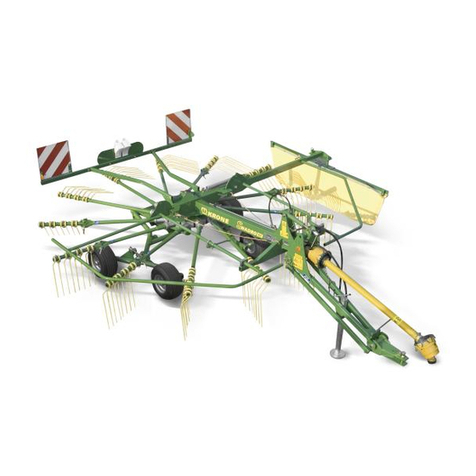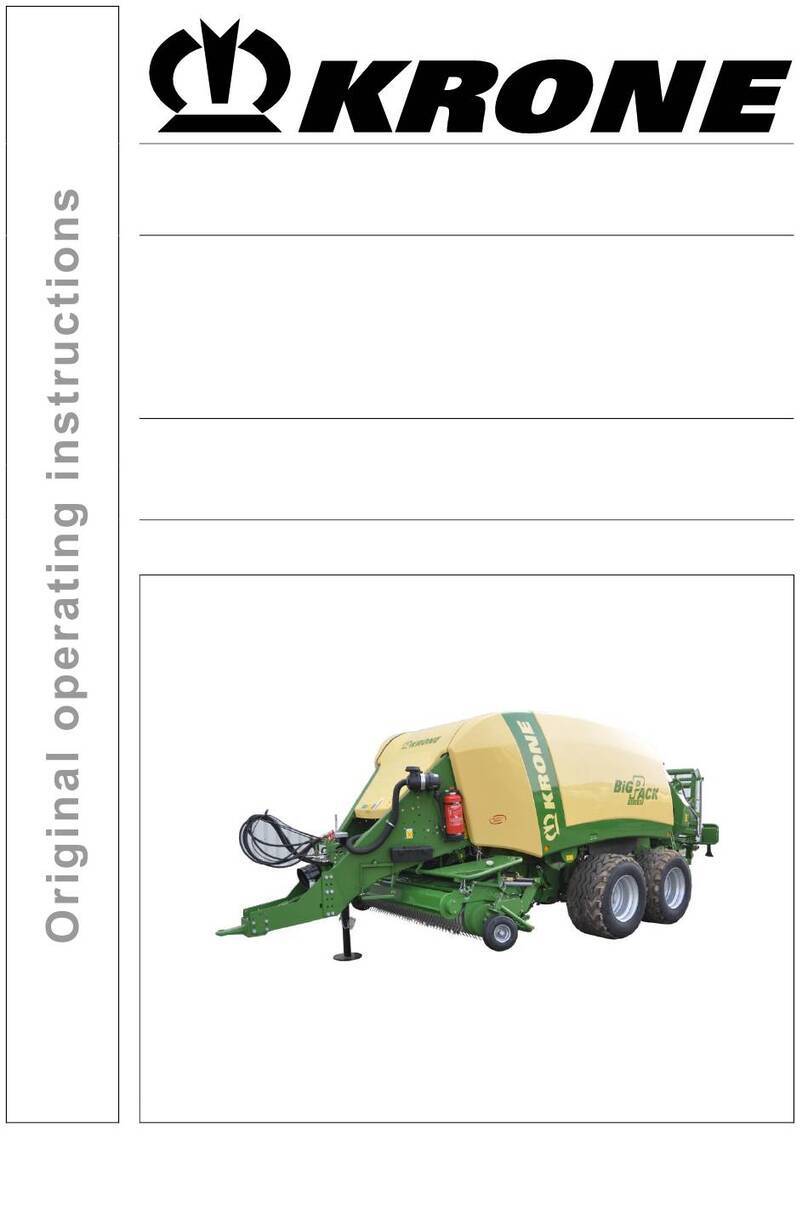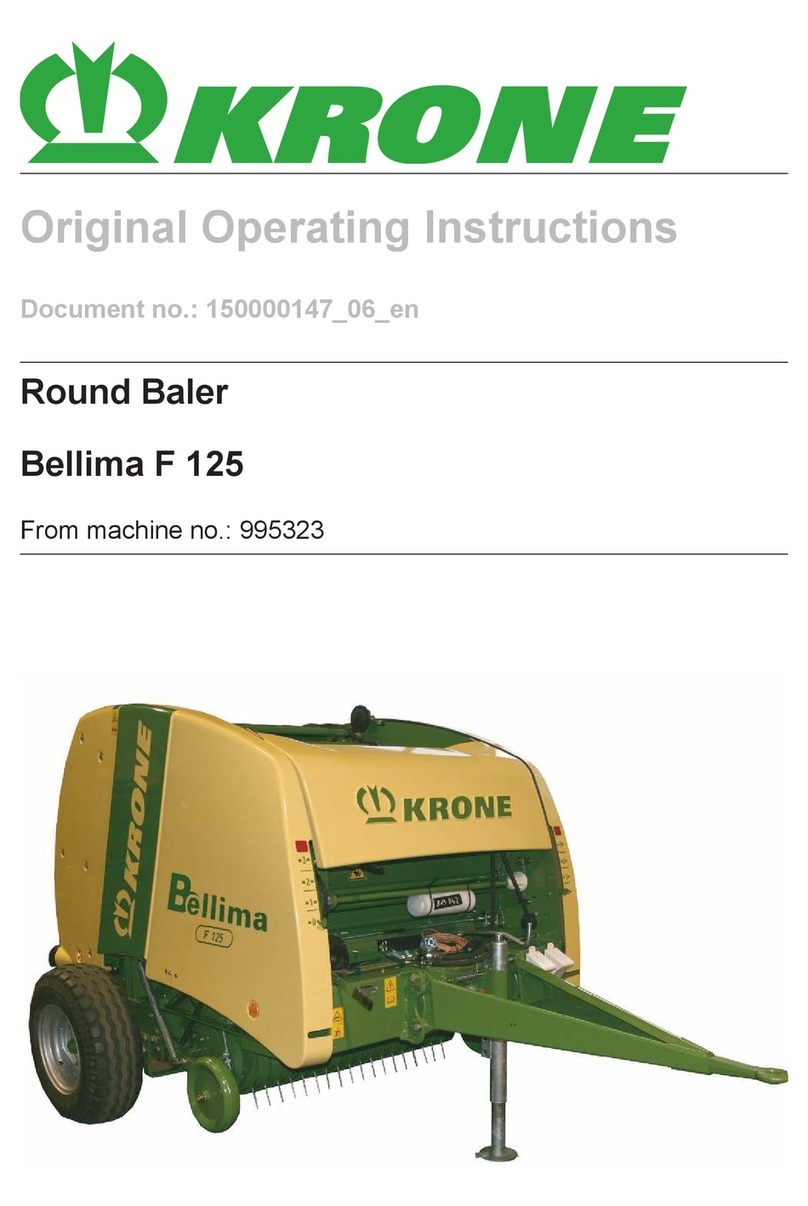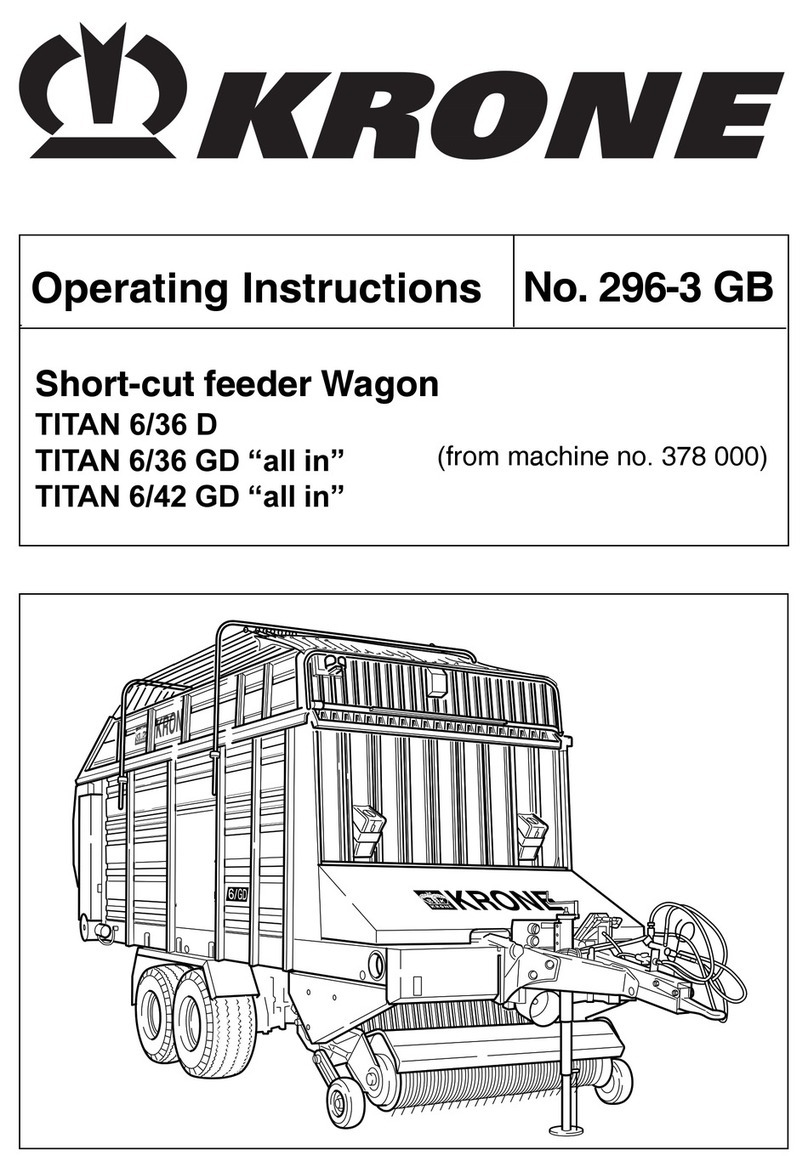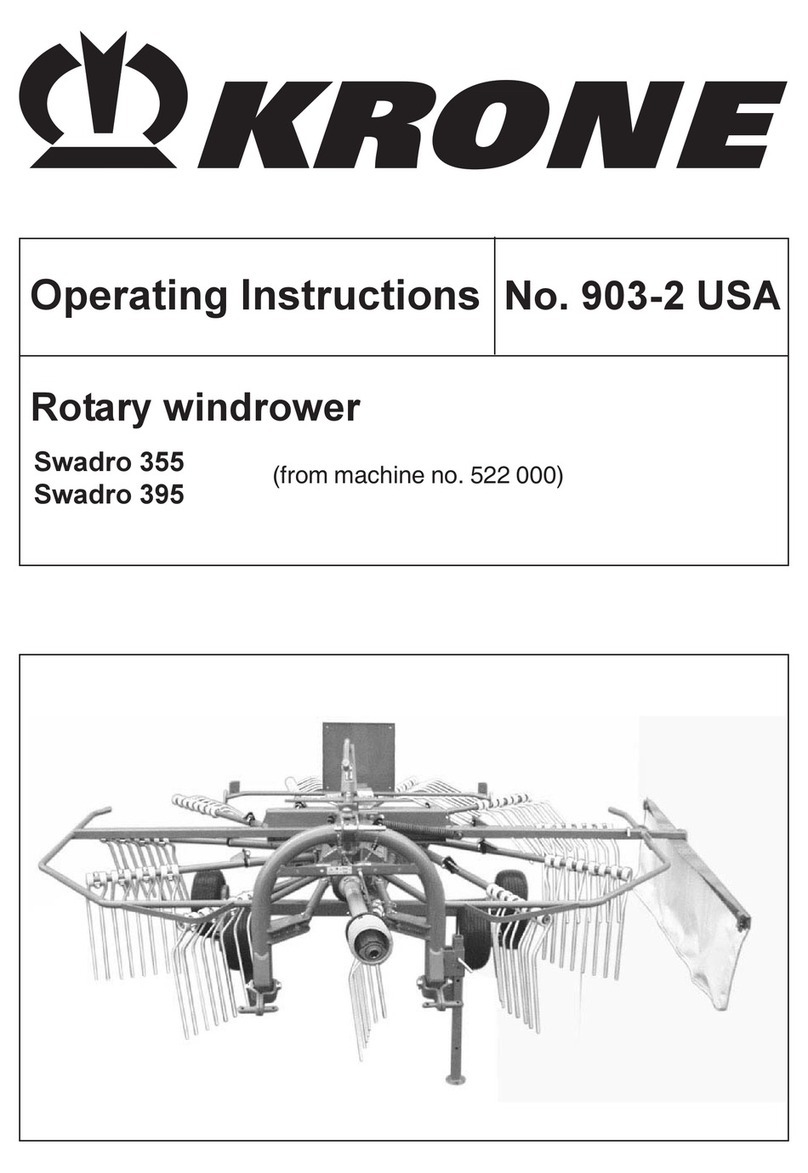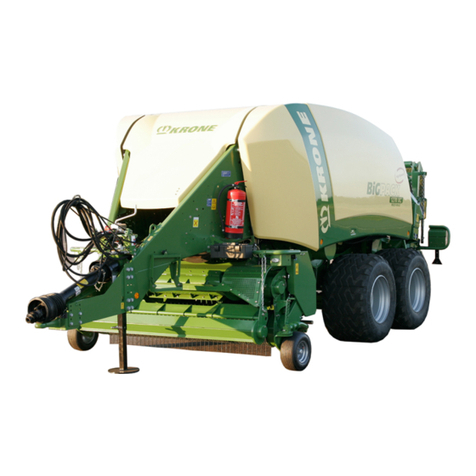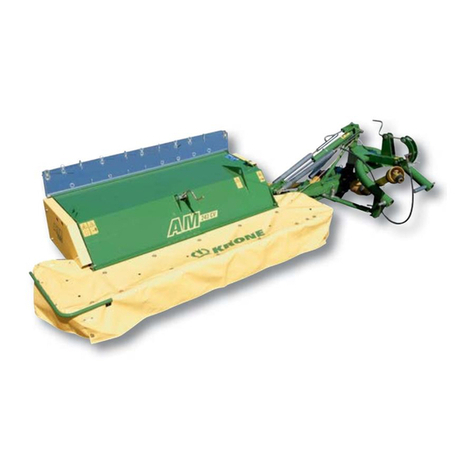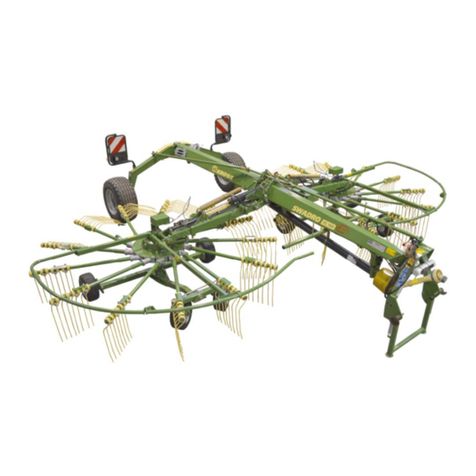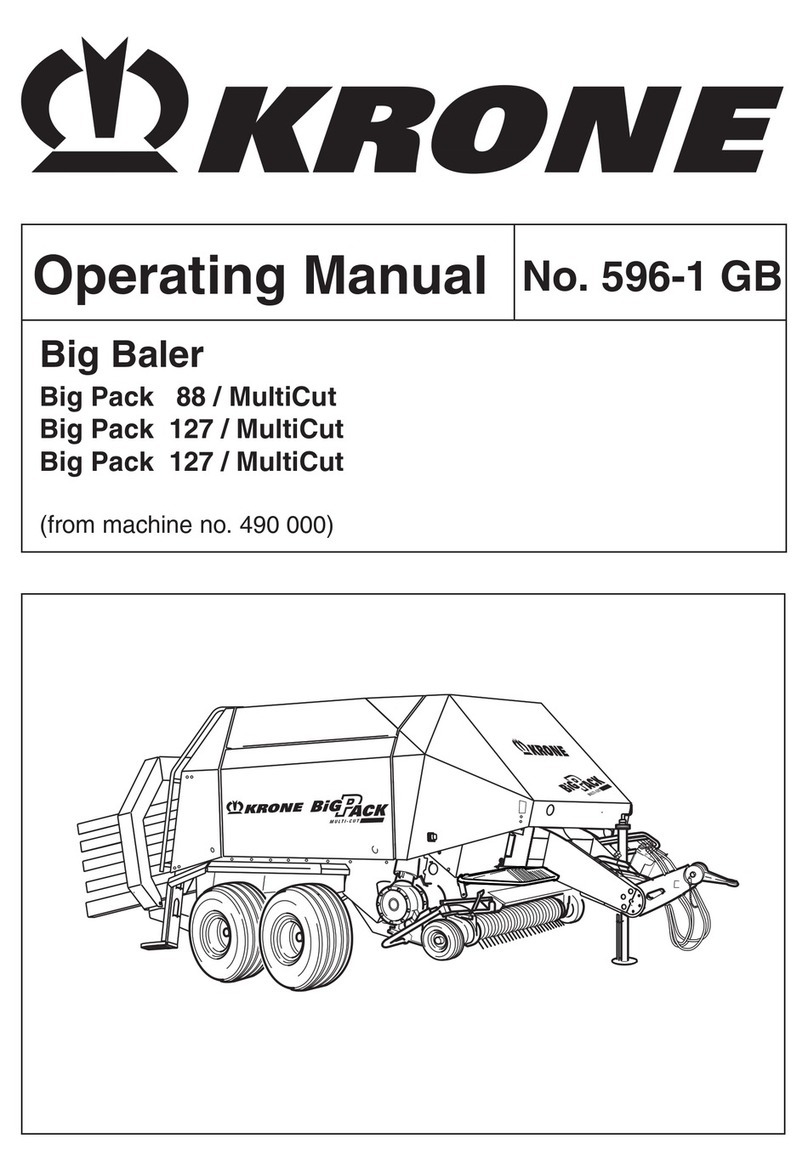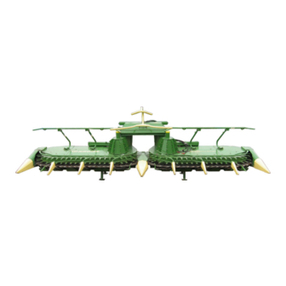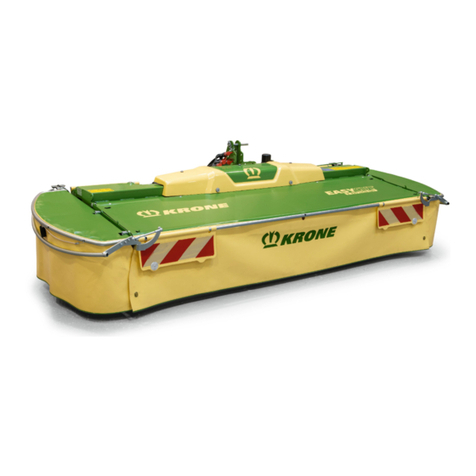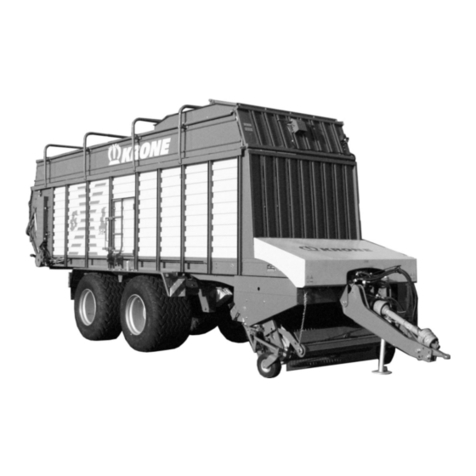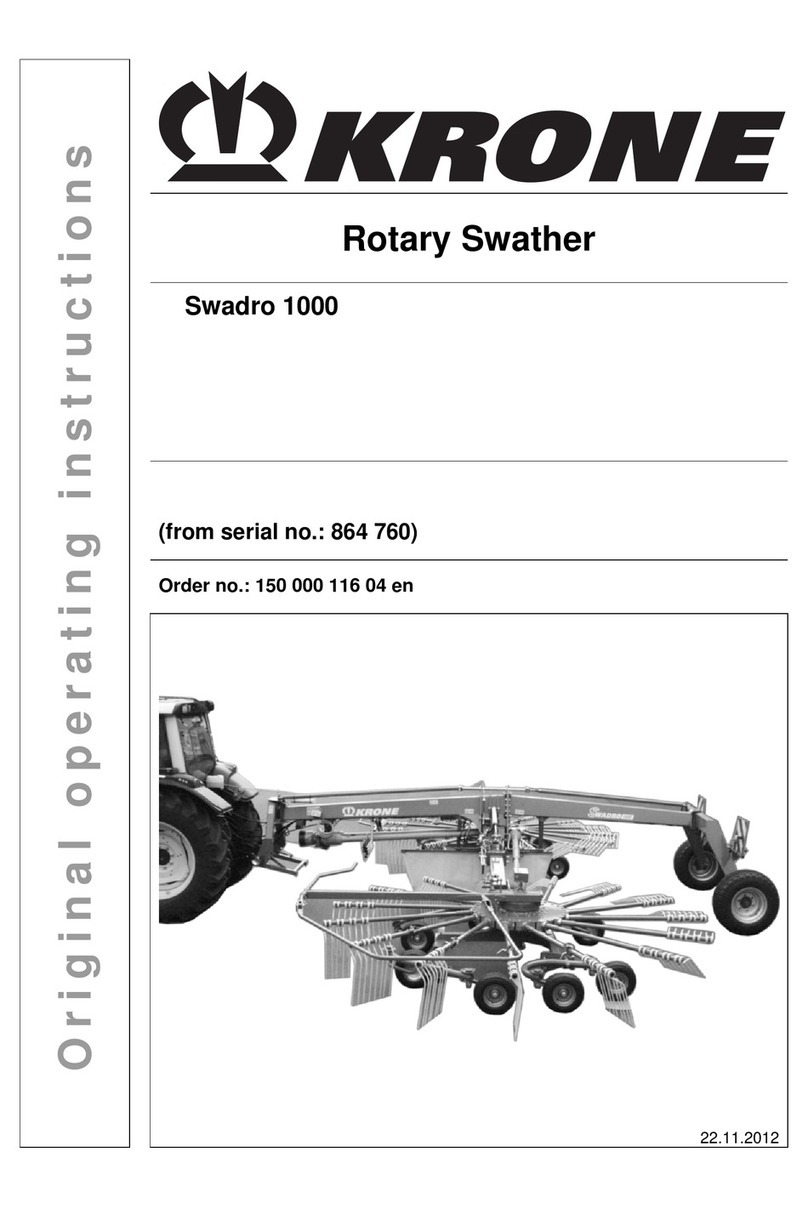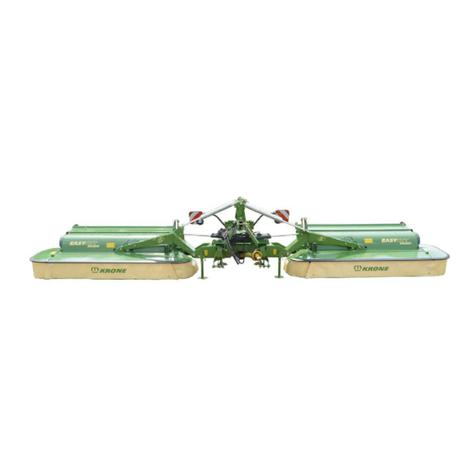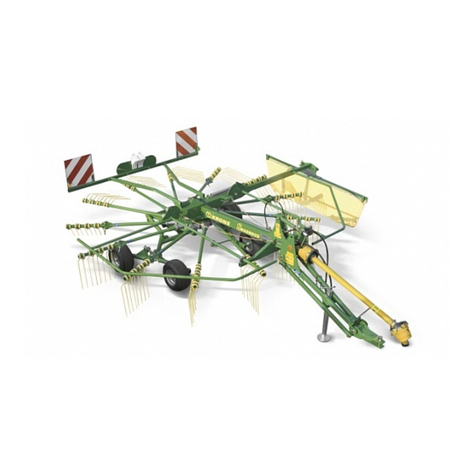
Contents
Bellima F 130
Original Operating Instructions 150000148_06_en 5
10.1 Adjusting the guide wheels of the pick-up ................................................................................. 78
10.2 Adjusting the relief springs of the pick-up .................................................................................. 79
10.3 Adjusting the number of twine layers......................................................................................... 79
10.4 Adjusting the twine limiter .......................................................................................................... 80
10.5 Setting the number of net layers................................................................................................ 80
10.6 Setting the baling pressure ........................................................................................................ 81
10.7 Adjusting the sensors of the electronic baling pressure indicator.............................................. 82
10.8 Setting the twine brake .............................................................................................................. 83
10.9 Setting the driver of the twine tying............................................................................................ 83
10.10 Setting the wrapping material brake .......................................................................................... 84
10.11 Setting the hydraulic tying start unit for net and twine tying....................................................... 85
10.12 Setting the bale ejector .............................................................................................................. 86
11 Maintenance ............................................................................................................................. 87
11.1 Maintenance table ..................................................................................................................... 87
11.1.1 Maintenance – prior to the beginning of the season.................................................................. 87
11.1.2 Maintenance – once after 10 hours ........................................................................................... 88
11.1.3 Maintenance – once after 50 hours ........................................................................................... 88
11.1.4 Maintenance – every 10 hours, at least daily ............................................................................ 88
11.1.5 Maintenance – every 50 hours .................................................................................................. 88
11.1.6 Maintenance – every 500 hours ................................................................................................ 88
11.1.7 Maintenance – every 6 years..................................................................................................... 88
11.2 Lubrication Chart ....................................................................................................................... 89
11.3 Lubricating the universal shaft ................................................................................................... 94
11.4 Tightening torques ..................................................................................................................... 94
11.5 Checking/maintaining tyres........................................................................................................ 97
11.6 Servicing the main gearbox ....................................................................................................... 98
11.7 Bleed the friction clutch on the universal shaft .......................................................................... 99
11.8 Checking and adjusting the twine tying unit............................................................................. 100
11.8.1 Cleaning the twine guide slide and oiling the drive chains ...................................................... 100
11.8.2 Checking and adjusting the starter roll and the pressure rolls................................................. 101
11.8.3 Cleaning the cutting unit .......................................................................................................... 101
11.9 Checking and adjusting the net wrapping device .................................................................... 102
11.9.1 Adjusting the friction wheel and drive wheel............................................................................ 102
11.9.2 Setting the spring rail ............................................................................................................... 102
11.9.3 Adjusting the cutting unit.......................................................................................................... 103
11.10 Checking and setting the hydraulic tying start unit .................................................................. 104
11.11 Checking hydraulic hoses........................................................................................................ 104
11.12 Checking and setting the lock hook blocker at the tailgate...................................................... 105
11.13 Checking and setting the transverse worm conveyors of the pick-up...................................... 106
11.14 Set and oil the drive chains...................................................................................................... 106
11.14.1 Drive chain of the pick-up ........................................................................................................ 106
11.14.2 Drive chain of the bale formation conveyor ............................................................................. 108
11.14.3 Drive chain of the rollers .......................................................................................................... 108
11.15 Check the distance of the roller to the bale formation conveyor chain, set if applicable ......... 109
11.16 Cleaning the machine .............................................................................................................. 110
11.17 Clean the bushing and the drawbar eye .................................................................................. 111
11.18 Hydraulic diagram.................................................................................................................... 111
11.19 Circuit diagram of the electronic baling pressure indicator ...................................................... 113
12 Disturbance, cause and remedy........................................................................................... 114
12.1 Disturbances at the pick-up or during picking up of crops ....................................................... 114
12.2 Disturbances at the tying unit or during the tying cycle ........................................................... 115
12.3 Disturbances at the twine tying unit ......................................................................................... 116
12.4 Disturbances during or after the baling process ...................................................................... 117
12.5 Setting the twine guide at the starter roll ................................................................................. 119
12.6 Setting the cutting unit of the twine tying unit .......................................................................... 119
12.7 Checking and adjusting the starter roll and the pressure rolls................................................. 120
12.8 Changing O-ring seal on the twine coil starting device............................................................ 120
12.9 Setting the tailgate lock............................................................................................................ 121
12.10 Setting the mechanical baling pressure indicator .................................................................... 122
